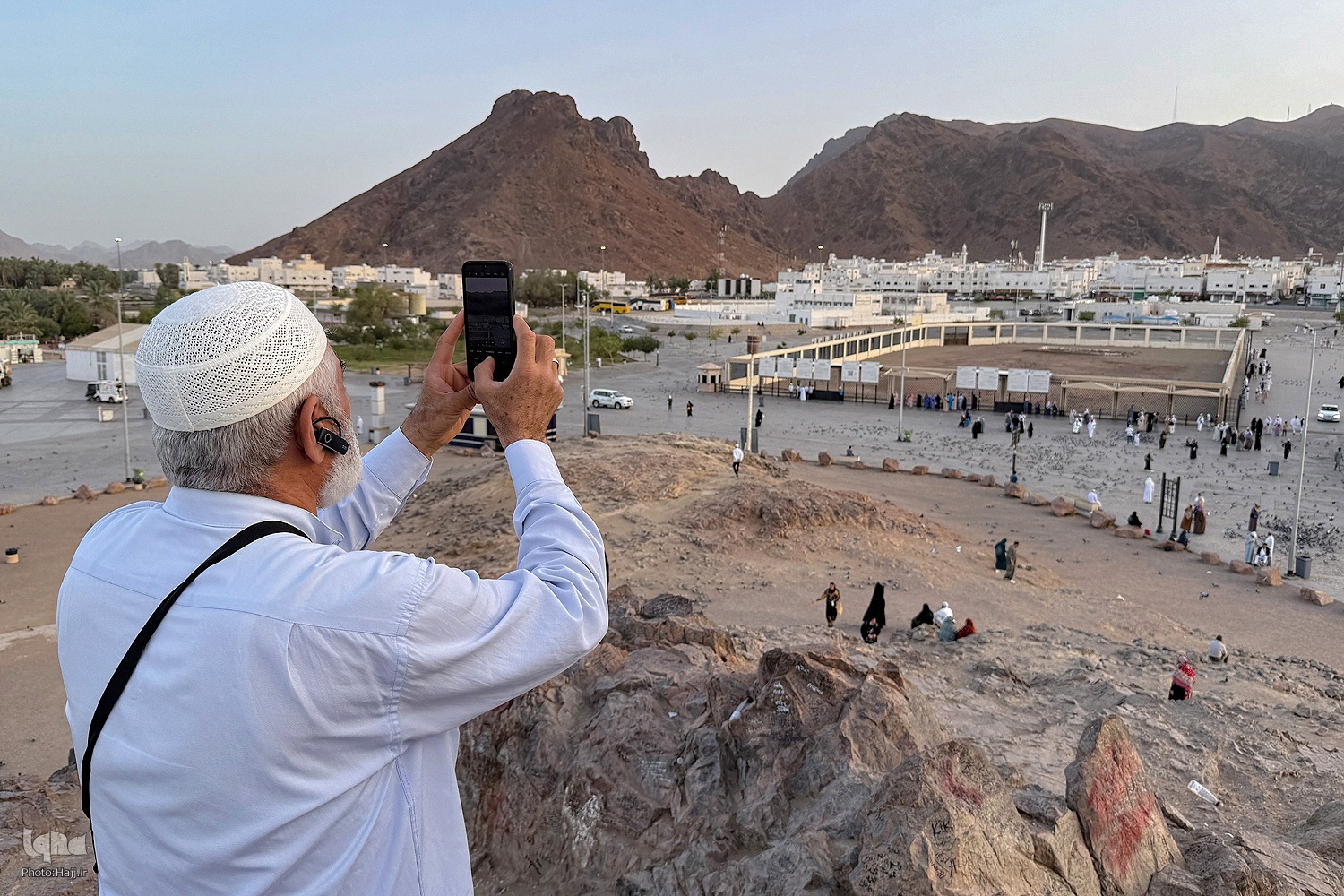‘Pilgrimage Not Just a Journey but Cultural Diplomacy’: Researcher

Speaking to IQNA, Hojat-ol-Islam Ehsan Kafshdar Tusi explains that in today’s world of increasing political and social complexities, pilgrimage tourism has taken on larger and deeper dimensions. Communities facing identity and spiritual crises now find that acts of devotion serve multiple roles.
“Firstly, from a cultural and social perspective, pilgrimage acts as a strong tool for cultural interaction and acquaintance with civilisations,” Kafshdar says.
He notes that especially among Muslim communities — and more specifically Shia Muslims — the journey of pilgrimage provides valuable opportunities to promote Islamic culture and elevate communal cultural levels.
In his view, pilgrimage also strengthens collective memory and preserves spiritual heritage. He points out that in a world where individualism is spreading, collective rites such as the Arbaeen pilgrimage become symbols of solidarity and shared religious-human identity, “connecting people of different sects and cultures.”
Economically, he argues, pilgrimage tourism is among the largest and most booming branches of the tourism industry. Roughly 38 % of global tourists are said to be religious travellers, he says, adding this generates local employment, infrastructure development and growth in related industries. Indeed, studies estimate that around 300 – 330 million visits are made annually to major religious sites worldwide.
Read More:
Politically and diplomatically, Kafshdar says that pilgrimage can act as an instrument of cultural diplomacy and foster understanding between nations.
In a time of rising political tensions, mass gatherings of pilgrims from multiple nationalities send a “message of peace and fraternity” and can support broad inter-cultural, religious and social engagement.
He adds that, therefore, in the modern era, the importance of pilgrimage tourism goes far beyond the individual or spiritual dimension — it is also a significant cultural, social, economic and even political phenomenon that requires careful planning and strategy.
On the role of technology, especially artificial intelligence, Kafshdar emphasises its transformative potential for improving pilgrimage tourism experiences.
He says that AI allows the analysis of large data sets on pilgrim behaviour, travel patterns and service demand. This can optimise pricing, transport management and cost reduction.
Read More:
He also points to personalized services: “Based on each pilgrim’s interests and needs, the best pilgrimage routes, accommodations, restaurants and cultural programmes can be suggested,” he says.
He notes the development of AI-based chatbots and digital assistants for pilgrims are already under review.
In conclusion, Kafshdar urges that by emulating successful models from other countries and localizing them, technology should be applied in sacred sites and shrines to deliver faster, sharper and higher-efficiency services for pilgrims in the age of digital travel.
4312560



